In the digital age, the importance of having accurate and actionable data cannot be overstated, especially in the field of property and asset management. Geographic Information System (GIS) technology has revolutionised the way we manage and interpret spatial data, providing unprecedented insights into property assets. Whether you are a real estate agent or developer, property manager, or local government asset manager understanding how to harness GIS for asset management can lead to smarter decision-making, increased efficiency, and greater return on investment. Let us explore how GIS asset management solutions can provide valuable property and asset insights.
The Power of GIS in Asset Management
GIS is a powerful tool that integrates hardware, software, and data for capturing, managing, analysing, and displaying all forms of geographically referenced information. When applied to asset management, GIS helps organisations visualise and understand the spatial relationships and patterns that exist within their properties and infrastructure.
Imagine having a digital map that not only shows the physical location of all your assets but also provides real-time data on their condition, age, maintenance history, and even predicted future performance. GIS makes this possible, allowing you to manage your assets more effectively and make informed decisions.
Enhanced Property Visualisation
One of the most significant benefits of GIS in asset management is enhanced visualisation. Traditional spreadsheets and databases can only convey so much. By overlaying asset data on maps, GIS provides a clear visual representation of property locations, boundaries, utilities, and other critical infrastructure components.
This visual context helps stakeholders understand how different assets relate to each other and their surroundings. For instance, you can easily identify which properties are at risk of flooding, are affected by zoning changes, or are located in areas of high demand. This kind of insight is invaluable for planning and risk management.
Streamlined Data Integration
GIS asset management solutions allow for seamless integration of various data sources, such as satellite imagery, aerial photography, CAD drawings, and IoT sensors. By consolidating this information into a single system, organisations can have a comprehensive view of their assets and the factors that affect them. This integrated approach ensures that decisions are based on a holistic understanding of all relevant factors.
Improved Maintenance and Operations
Effective asset management involves not only knowing where your assets are but also ensuring they are well-maintained and operational. GIS can play a crucial role in maintenance management by providing detailed insights into the condition and performance of assets.
Through GIS, organisations can implement predictive maintenance strategies, using historical and real-time data to forecast when an asset is likely to fail and schedule maintenance proactively. This minimises downtime, reduces maintenance costs, and extends the lifespan of assets.
Enhanced Decision-Making and Strategic Planning
GIS provides the analytical tools necessary to perform complex spatial analysis and modelling. This capability is essential for making informed decisions and strategic planning. Whether you are assessing the feasibility of a new development, optimising asset allocation, or planning for future growth, GIS provides the data-driven insights needed to make sound decisions.
For instance, urban planners can use GIS to simulate the impact of new developments on traffic patterns, infrastructure demand, and environmental sustainability. Property managers can use GIS to identify underperforming assets, assess investment opportunities, and plan for long-term capital improvements.
Increased Operational Efficiency
By providing a centralised platform for asset data, GIS helps eliminate silos and streamline operations. Teams across an organisation can access the same accurate, up-to-date information, fostering collaboration and ensuring everyone is working from a single source of truth.
GIS also automates many routine tasks, such as data collection, reporting, and monitoring, freeing up valuable time for staff to focus on more strategic activities. This increased efficiency translates to cost savings and improved productivity.
Enhancing Customer and Stakeholder Engagement
In today’s customer-centric world, transparency and communication are key. GIS can enhance engagement by providing clear, visual information that stakeholders can easily understand. Whether it is showing property owners the impact of a new development, communicating with residents about service disruptions, or providing investors with detailed property data, GIS makes it easier to convey complex information in a clear and compelling way.
Conclusion
The adoption of GIS asset management solutions offers numerous benefits, from improved visualisation and data integration to enhanced maintenance, decision-making, and operational efficiency. By leveraging the power of GIS, organisations can gain valuable insights into their property assets, leading to smarter management, reduced costs, and greater returns. As technology continues to evolve, those who embrace GIS will be well-positioned to lead in the competitive landscape of property management.
If you are ready to take your asset management strategy to the next level, consider how GIS can provide the insights you need to optimise your property portfolio and achieve your business goals. The future of asset management is here, and it is geospatial.


 Harness the power of intelligent asset management software and realise the true value of your assets.
Harness the power of intelligent asset management software and realise the true value of your assets.